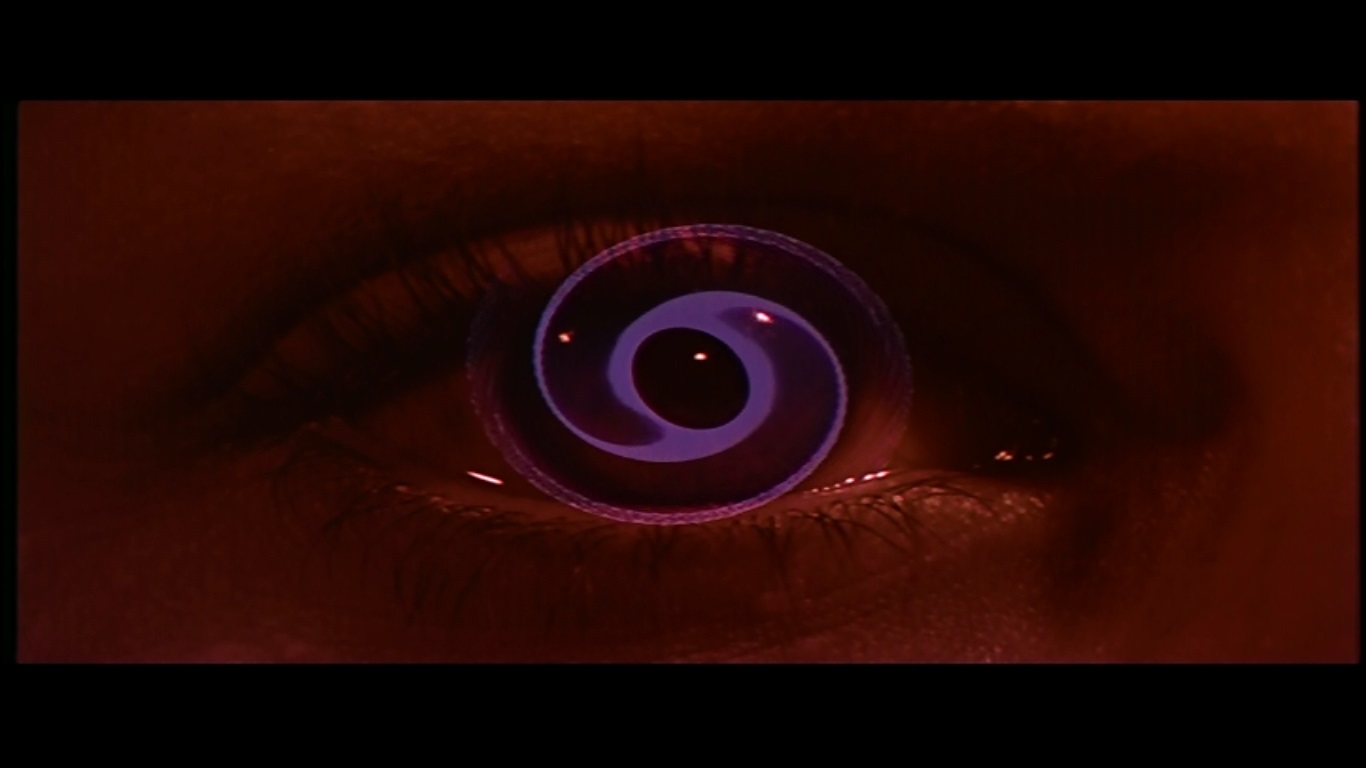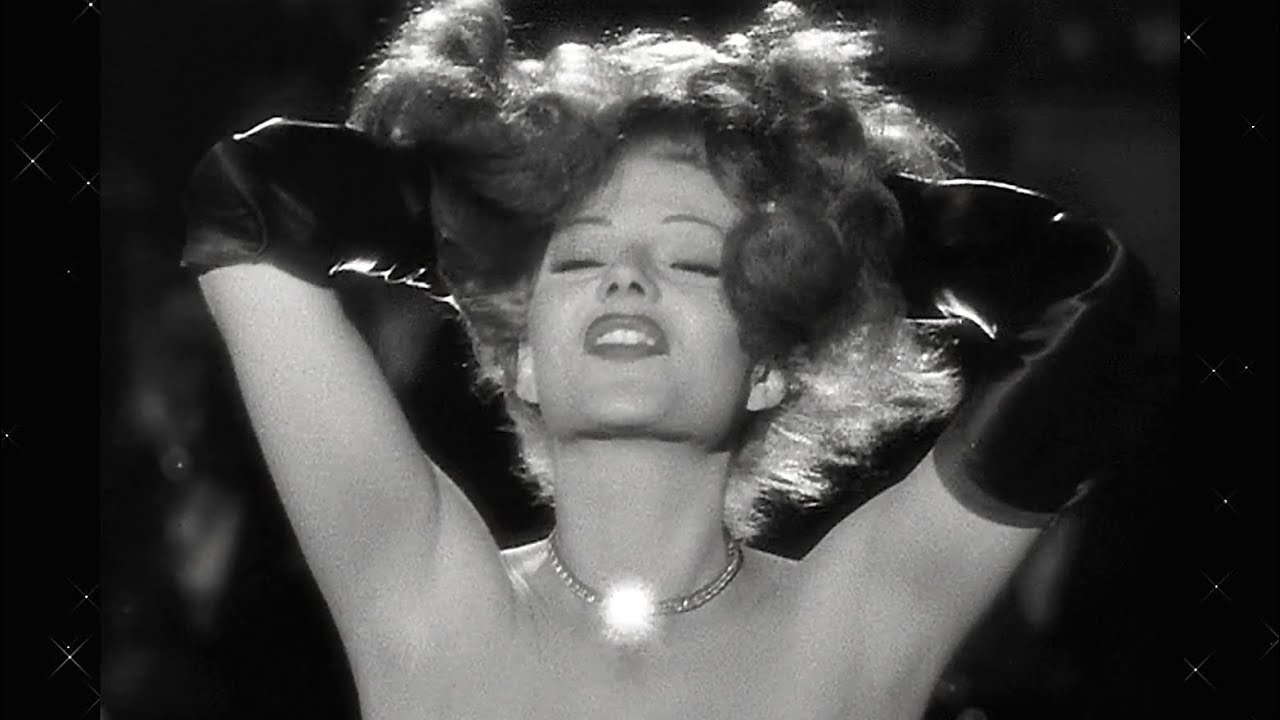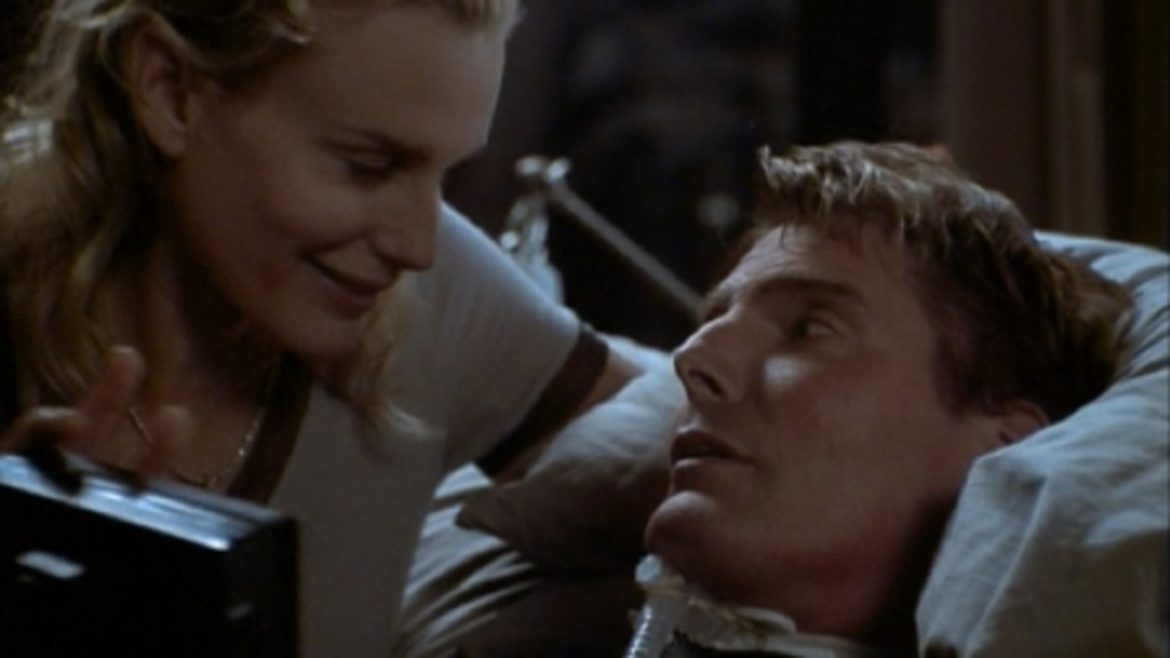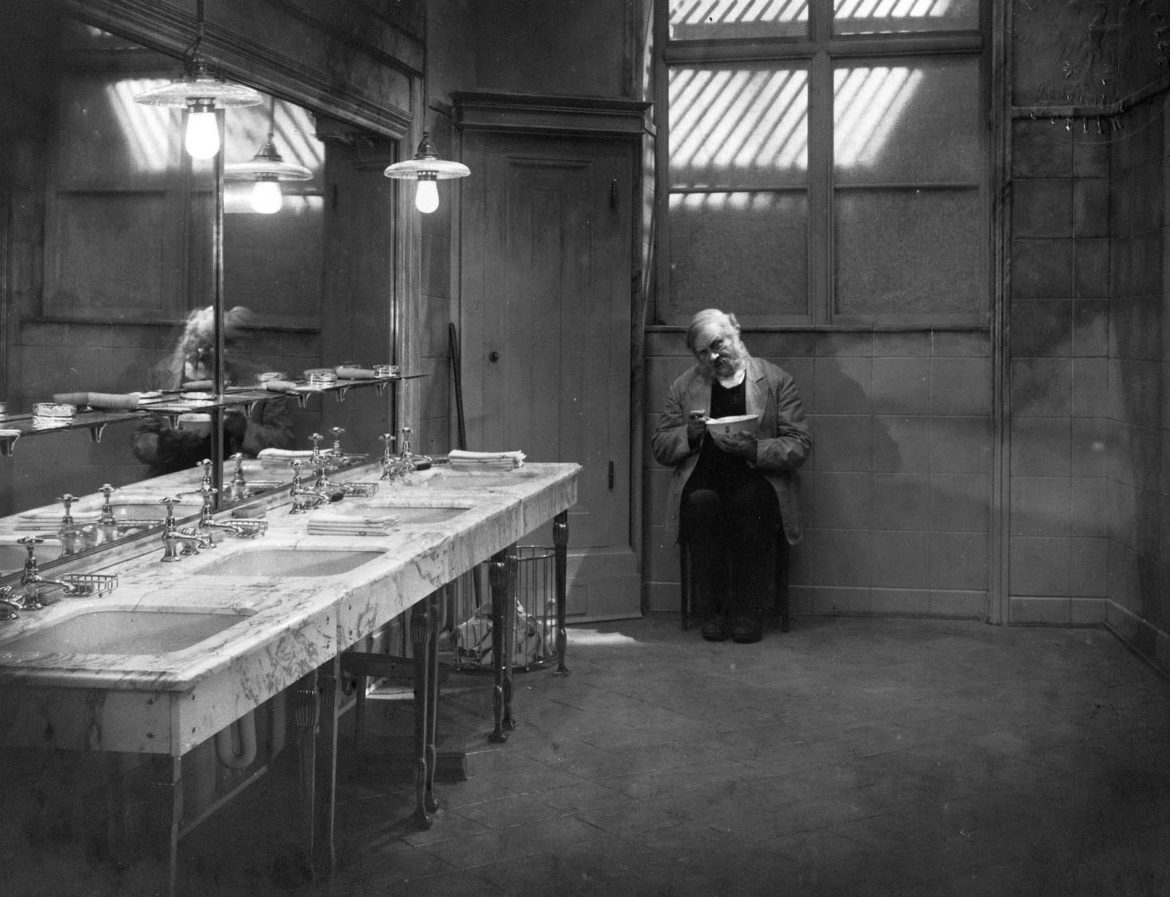Here’s a secret: I actually don’t know most of the canonical filmmakers that well. Meaning, I don’t think there are many filmmakers whose every film I’ve seen. Even the easy ones, like Kubrick: I don’t think I’ve ever checked off everything on a list.
Alfred Hitchcock
Like most movie enthusiasts, we watch more films than we ever have time or occasion to single out for longer, more in-depth discussion. Rather than cobbling together, as we have in the past, lists of currently streaming titles — there are plenty of astute critics already doing a wonderful job at this uniquely pain-in-the-ass endeavor — we’ve decided to just assemble some highlights from our week.
“Tungsten,” you think, occasionally, watching Gilda. “This film that made Rita Hayworth an international sensation, this film that features the most iconic character-introducing shot in all of cinema. It’s about … tungsten.”
Discussions of Gilda (1946) rarely turn on the out-sized role that tungsten — W on the periodic table; atomic number 74; melting point 3422 °C (6192 °F, 3695 K); boiling point 5930 °C (10706 °F, 6203 K), the highest known; density 19.3 times that of water, comparable to that of uranium and gold, and much higher (about 1.7 times) than that of lead — plays.
Alfred Hitchcock’s Rear Window is a true classic, beloved by cinephiles, critics, theorists, and casual moviegoers alike. Masterfully layered, featuring some of the best work its illustrious cast ever turned in, and providing analytical fodder for countless analyses of its themes and artistry, Rear Window unquestionably earns its place in the pantheon of masterpieces.
In 1928, following the one-two punch of his celebrated U.S.-made releases Faust and Sunrise, and four years after he made The Last Laugh for UFA, the great German director F.W. Murnau predicted that the “films of the future will use more and more of these camera angles, or, as I prefer to call them, these dramatic angles.





